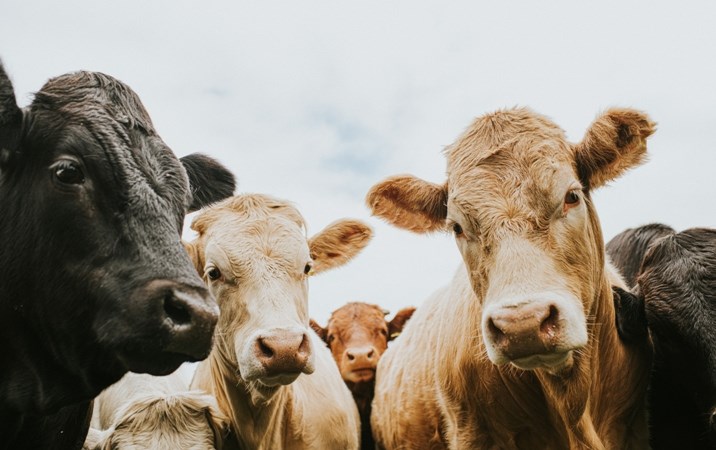RM OF COTE — The provincial agriculture ministry is reporting the death of a cow within the RM of Cote, which is located around Kamsack, was caused by anthrax.
The province said the death was confirmed by laboratory results on Sept. 25. The disease is suspected in two additional deaths in the same herd.
"Anyone who suspects anthrax should contact their local veterinarian immediately for diagnosis," the province said in a release. "All tests must be confirmed by a laboratory diagnosis. All positive test results must be immediately reported to the provincial Chief Veterinary Officer."
Anthrax is a bacterial disease caused by Bacillus anthracis, which can survive in spore form for decades in soil.
"Anthrax is primarily a disease of herbivores, particularly bison and beef cattle," according to the Beef Cattle Research Council. "Anthrax is not highly contagious. Anthrax infections are rare in humans."
Changes in soil moisture, from flooding and drying, can lead to a build-up of spores on pastures, the province said. Spores can concentrate in sloughs and potholes, and the risk of animal exposure to anthrax increases in drier years when these areas dry up and become accessible. Spores can also surface when the ground is excavated or when there is excessive run-off.
Livestock are infected when they eat forage contaminated with spores. Ruminants such as bison, cattle, sheep and goats, are highly susceptible, and horses can also be infected. Swine, birds and carnivores are more resistant to infection, but farm dogs and cats should be kept away from carcasses.
"It is believed that the disease symptoms only last for 2-3 hours, so the most common symptom is sudden death," the Beef Cattle Research Council said. "Very rarely observed symptoms are: trembling, high temperature, difficulty breathing, and convolutions and collapsing before death."
If caught early enough, the disease can be treated with antibiotics.
Anthrax can be prevented by vaccination, the province said. Producers in regions that have experienced previous outbreaks are strongly encouraged to vaccinate their animals each year. If a producer's neighbours have anthrax, they should consider vaccination to protect their animals.
The carcasses of any animal suspected of having anthrax should not be moved or disturbed and should be protected from scavengers such as coyotes or ravens, to prevent spreading spores in the environment, the province said.
Producers are advised to use caution when handling potentially infected animals or carcasses, the province said. Animal cases pose minimal risk to humans, but people can get infected through direct contact with sick animals or carcasses. In cases where people believe they have been exposed to an infected animal, they should contact their local health authority or physician for advice.




